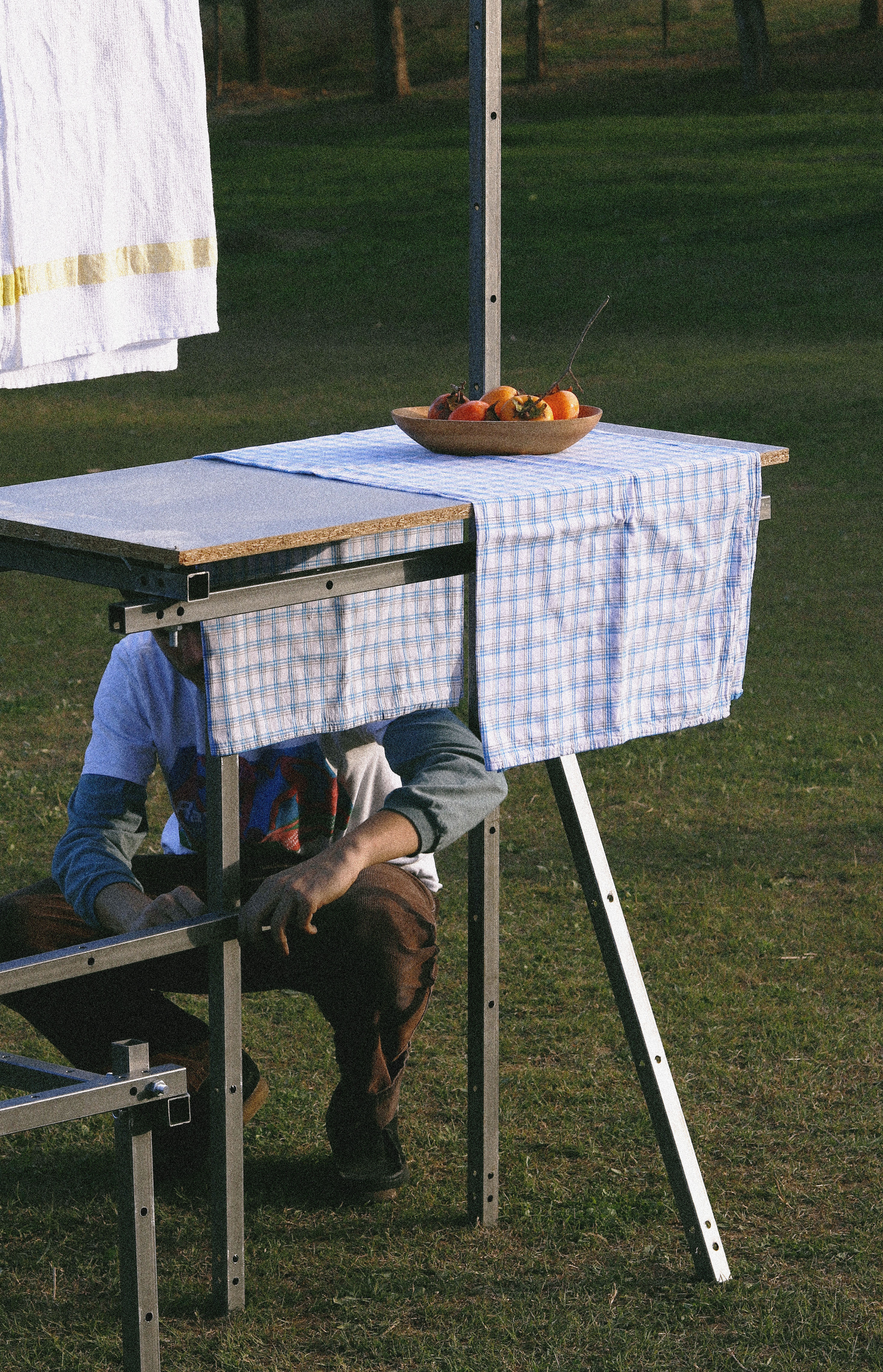Nomadic spaces emerge from the idea of breaking the prestablished concept of public and private that defines citizens’ behaviours. Through this project we’ve been able to experiment not only with physical limits, but also with intangible and conceptual limits, questioning their origin and proposing a new way of understanding them.
collab w/ Joan Carreras_Roc Vila_Júlia Llorens
We have decided to talk about space as a “workshop space”. Why? By this we mean that our role is giving citizens the material, the elements and the concept for them to design. We are not involved in the process, we simply give the starting point. We stay external to it, because we don’t want to take part or determine what kind of structures or private actions users will develop. It is a complete personal and free design process, where they will be able to experience the concept we are trying to transmit.
These structures act in space as elements that dilute the intangible border between the public and the private. A pre-established limit in our society, which we want to question or erase. When entering a space considered private, such as an actual home, everything is studied to detail, clean, well placed, and finished, we don’t feel invited to alter the order of the space. On the contrary, these structures, whose main characteritic is that they are adaptable, unfinished, movable and transformable, they invite us to imagine and feel welcome to change the order of things. We do not feel pressured to act in a certain way, as if the space was just a shell that surrounds and protects us from the outside. A space is more than that. And that’s what we try to express with this design method. Being able to break the pre-established schemes about the public and the private, the outside and the inside, so that the users feel free to adapt the space to their needs according to the moment and the determined context.
![]()
![]()
![]()
![]()
![]()
![]()
![]()
![]()
These structures act in space as elements that dilute the intangible border between the public and the private. A pre-established limit in our society, which we want to question or erase. When entering a space considered private, such as an actual home, everything is studied to detail, clean, well placed, and finished, we don’t feel invited to alter the order of the space. On the contrary, these structures, whose main characteritic is that they are adaptable, unfinished, movable and transformable, they invite us to imagine and feel welcome to change the order of things. We do not feel pressured to act in a certain way, as if the space was just a shell that surrounds and protects us from the outside. A space is more than that. And that’s what we try to express with this design method. Being able to break the pre-established schemes about the public and the private, the outside and the inside, so that the users feel free to adapt the space to their needs according to the moment and the determined context.



